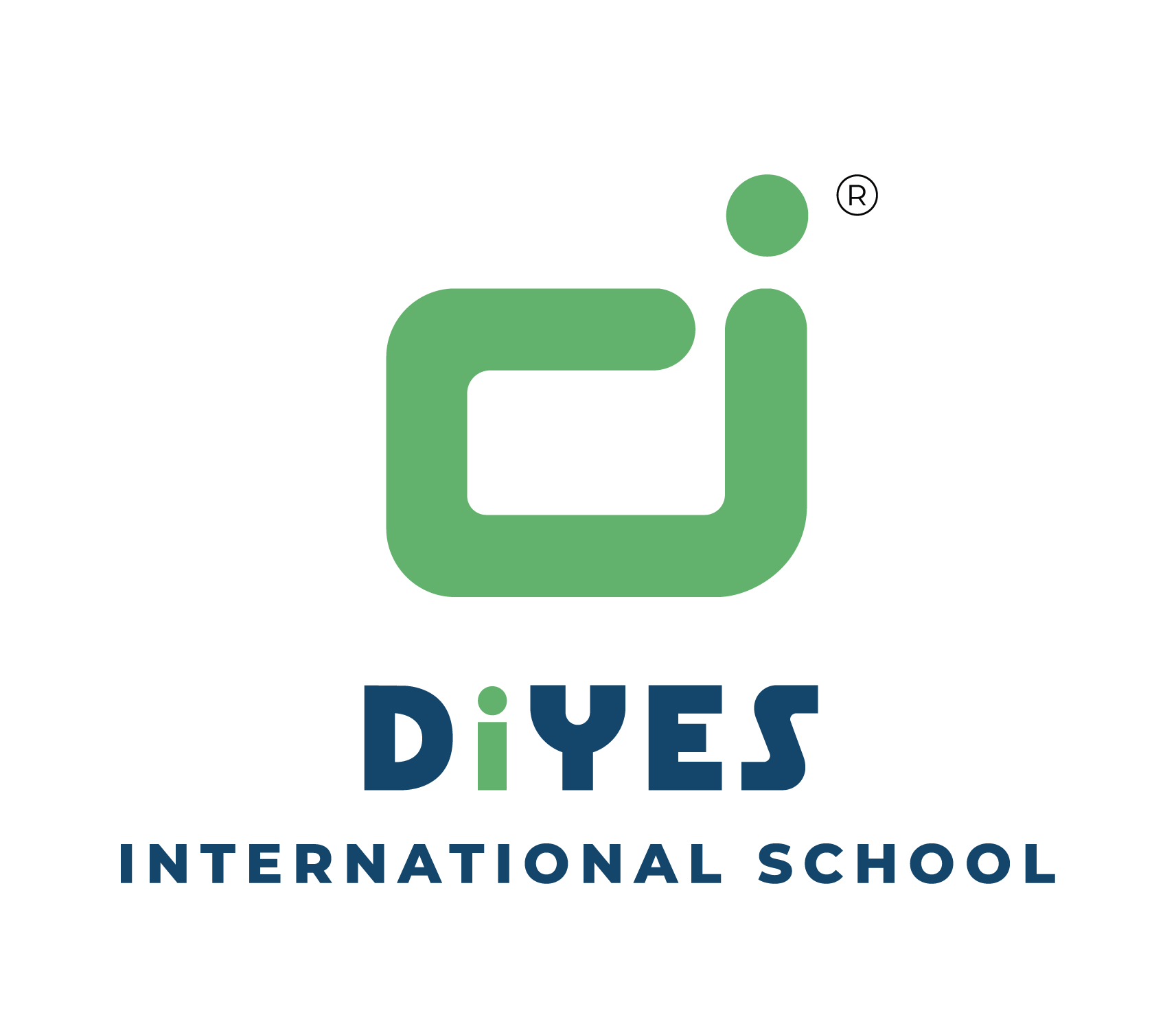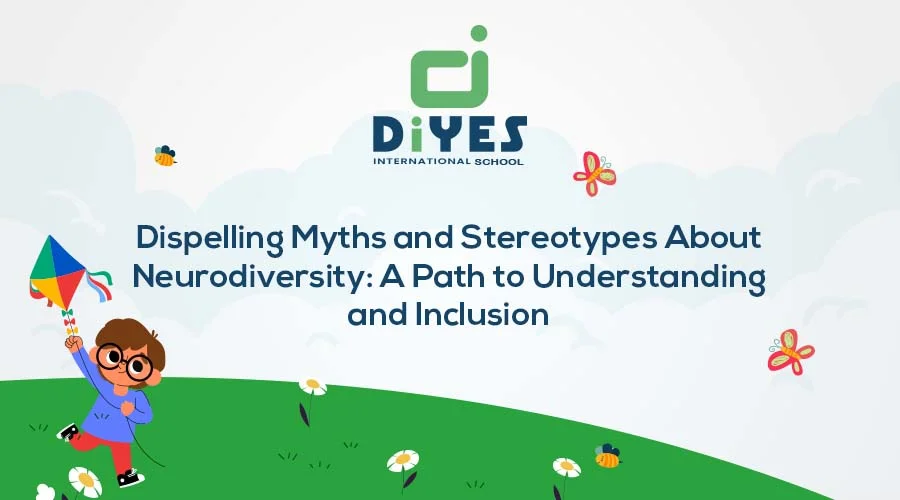In a world that thrives on diversity, it’s crucial to recognize and celebrate the unique qualities of every individual. The concept of neurodiversity, gaining prominence in recent years, stands as a testament to the idea that neurological differences are natural variations of the human experience. Unfortunately, myths and stereotypes still surround neurodiversity, contributing to misunderstandings and exclusion. This blog aims to shed light on these misconceptions and provide insights into how we can counter them, fostering a more inclusive and accepting society.
Understanding Neurodiversity: Embracing Differences
At the core of building an inclusive society lies a deep understanding of neurodiversity – a concept that reshapes the way we perceive cognitive differences. It’s a recognition that our brains are as varied as the stars in the night sky, each shining with its own brilliance. Neurodiversity encompasses a vast spectrum of conditions, including but not limited to autism, ADHD, dyslexia, and more.

Rather than viewing these variations as shortcomings or deficits, the neurodiversity movement illuminates the beauty and potential within each individual’s unique cognitive makeup.
- Embracing Diversity in Cognitive Landscapes
Neurodiversity encourages us to see beyond the conventional definitions of “normal” or “typical.” In a world that thrives on diversity, it asserts that there isn’t a single standard of cognitive function. Instead, it presents a mosaic of cognitive landscapes, each with its own patterns, colours, and textures. Autism, for instance, might bestow remarkable attention to detail and exceptional memory skills, while ADHD might fuel unparalleled creativity and rapid problem-solving. These conditions, far from being limitations, represent alternate ways of experiencing and interacting with the world.
- Strengths as Building Blocks
Central to the neurodiversity perspective is the belief that these differences are not just acceptable but invaluable. They’re the building blocks of a more comprehensive understanding of human capabilities. Imagine a puzzle where every piece fits in a unique way, contributing to the complete picture. Similarly, neurodiversity asserts that every cognitive profile, every “piece,” contributes to the intricate mosaic of human potential. A person with dyslexia might possess an uncanny ability to think outside the box, offering fresh perspectives in problem-solving. Someone with ADHD might excel at multitasking, effortlessly juggling ideas and tasks that might overwhelm others.
- Cultivating Holistic Inclusion
Embracing neurodiversity fosters a sense of holistic inclusion. It means acknowledging that the beauty of human cognition lies in its multifaceted nature. Just as we celebrate diverse cultures and languages, we should celebrate the diverse ways our brains process information and engage with the world. This perspective has profound implications for education, workplaces, and social interactions. In education, it calls for tailored approaches that honour individual learning styles. In workplaces, it promotes creating environments where diverse cognitive strengths can flourish, driving innovation and problem-solving.
Neurodiversity Awareness: Breaking Barriers
Creating a more inclusive society starts with raising awareness about neurodiversity. The goal of neurodiversity awareness campaigns is to enlighten the public about the unique challenges faced by neurodiverse individuals and the remarkable contributions they can make to various aspects of society. By fostering understanding and empathy, we can dismantle stereotypes and foster an environment of acceptance. This heightened awareness has far-reaching benefits, benefiting neurodiverse individuals by providing a platform for their voices to be heard, while also encouraging workplaces, schools, and communities to embrace neurodiversity and offer equal opportunities for growth and success.
Education and Exposure: Shattering Stereotypes
- Educational Campaigns: Organizing educational campaigns that shed light on the realities of neurodiverse individuals’ lives. Workshops, seminars, webinars, and panel discussions featuring experts and individuals with lived experiences provide insights into neurodiversity and debunk stereotypes. These events serve as crucial platforms for addressing misconceptions and fostering open dialogues.
- Media Representation: Promoting accurate and diverse portrayals of neurodiverse individuals in various forms of media. Positive and authentic representation helps challenge misconceptions and normalizes the idea of neurodiversity. Collaborating with media outlets, filmmakers, and content creators can help ensure more accurate portrayals that resonate with a broader audience.
- Community Engagement: Engaging with the community through events that facilitate direct interactions between neurodiverse individuals and the public. Art exhibitions, storytelling sessions, and interactive workshops provide platforms for sharing experiences and promoting understanding. These events create spaces where people can connect on a personal level, breaking down barriers and building bridges of empathy.
Institutional Change: Transforming Workplaces and Schools
- Workplace Inclusion: Encouraging workplaces to adopt inclusive policies that accommodate neurodiverse employees. Flexible work arrangements, sensory-friendly environments, and awareness training contribute to a more supportive atmosphere where everyone’s contributions are valued. These changes demonstrate a commitment to diversity and foster an environment where neurodiverse individuals can thrive professionally.
- Educational Settings: Collaborating with educational institutions to implement inclusive practices that cater to diverse learning styles. Providing educators with resources and training equips them to create supportive environments that help neurodiverse students thrive. Inclusive education enriches the learning experience for all students and sets the stage for lifelong acceptance.
- Community Collaboration: Engaging with local communities to promote awareness and acceptance of neurodiversity. Collaborating with local businesses, organizations, and community leaders can create a more inclusive ecosystem that benefits all its members. Community-wide efforts solidify the understanding that neurodiversity is an asset to society.
Raising neurodiversity awareness goes beyond dispelling misconceptions; it’s about fostering a society that embraces every individual’s unique quality. By embracing neurodiversity, we enrich our communities, workplaces, and educational institutions, ensuring that everyone has the opportunity to thrive.
Voices Amplification: Empowering Neurodiverse Individuals

- Sharing Personal Stories: Encouraging neurodiverse individuals to share their personal stories and experiences. By speaking out about their journeys, challenges, and achievements, they offer valuable insights that can foster empathy and create connections. Personal narratives humanize the experience of neurodiverse individuals, making the concept more relatable to a wider audience.
- Advocacy and Activism: Supporting and amplifying the advocacy efforts of neurodiverse individuals and organizations. This includes promoting their initiatives, petitions, and awareness-raising campaigns that call for equal rights and opportunities. By joining hands with advocates, we amplify their impact and drive positive change on a larger scale.
- Social Media Engagement: Utilizing social media platforms to amplify neurodiverse voices and experiences. Platforms like Twitter, Instagram, and TikTok offer spaces to raise awareness, share stories, and engage with a wider audience on a global scale. Social media empowers individuals to become advocates and allies from the comfort of their own spaces.
Conclusion
As we embrace the complexities of our ever-changing world, the concept of neurodiversity stands as a testament to the beauty inherent in our cognitive differences. This celebration reaches beyond borders and time, underscoring our commitment to fostering empathy and understanding for every individual. By challenging myths, breaking down barriers, and replacing misconceptions with acceptance, we create a society where every unique voice contributes to the vibrant symphony of life. Neurodiversity isn’t a deviation; it’s an essential thread that weaves into the intricate tapestry of human potential.
At DiYES International School, we understand the value of embracing diversity, including neurodiversity, within the educational landscape. Our commitment to fostering understanding and inclusion is evident in our innovative curriculum and supportive environment. By celebrating differences, we empower all students to thrive and contribute meaningfully. As we work to dispel stereotypes and myths about neurodiversity, we actively contribute to a world that values each individual for their unique qualities and what they bring to our shared journey.
Together, let’s break down barriers, challenge misconceptions, and build a society where everyone’s unique qualities are not only acknowledged but celebrated. Neurodiversity is a testament to the beautiful tapestry of humanity, and it’s time we recognize its true value.
For more information about our initiatives, visit our website at www.diyesinternational.edu.in or contact us at +91 8547609000.


